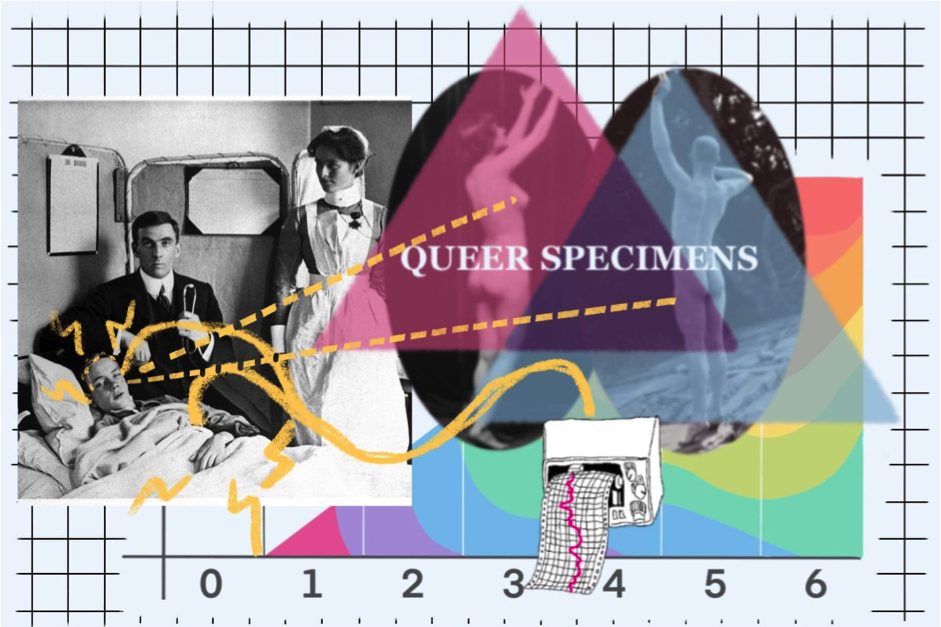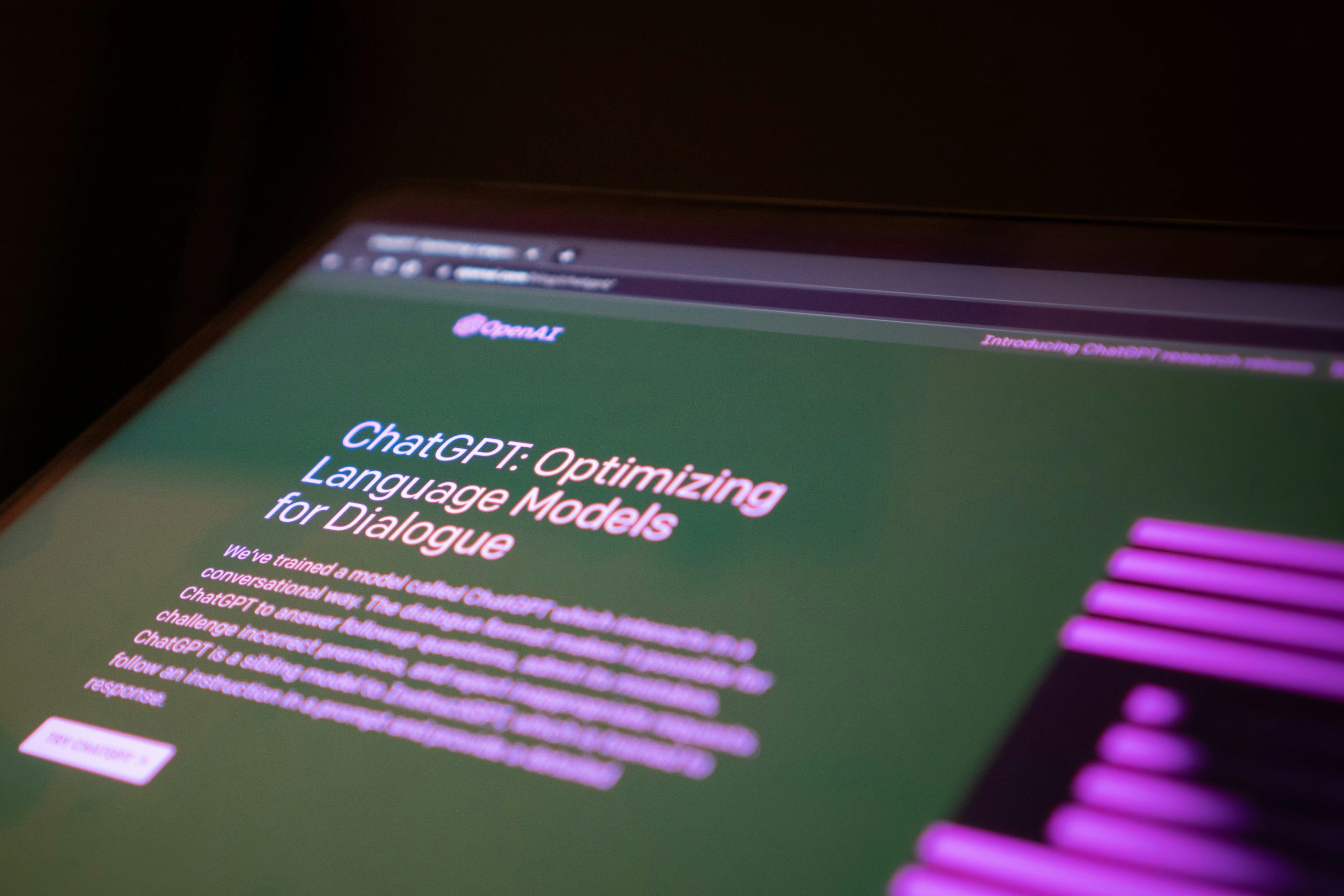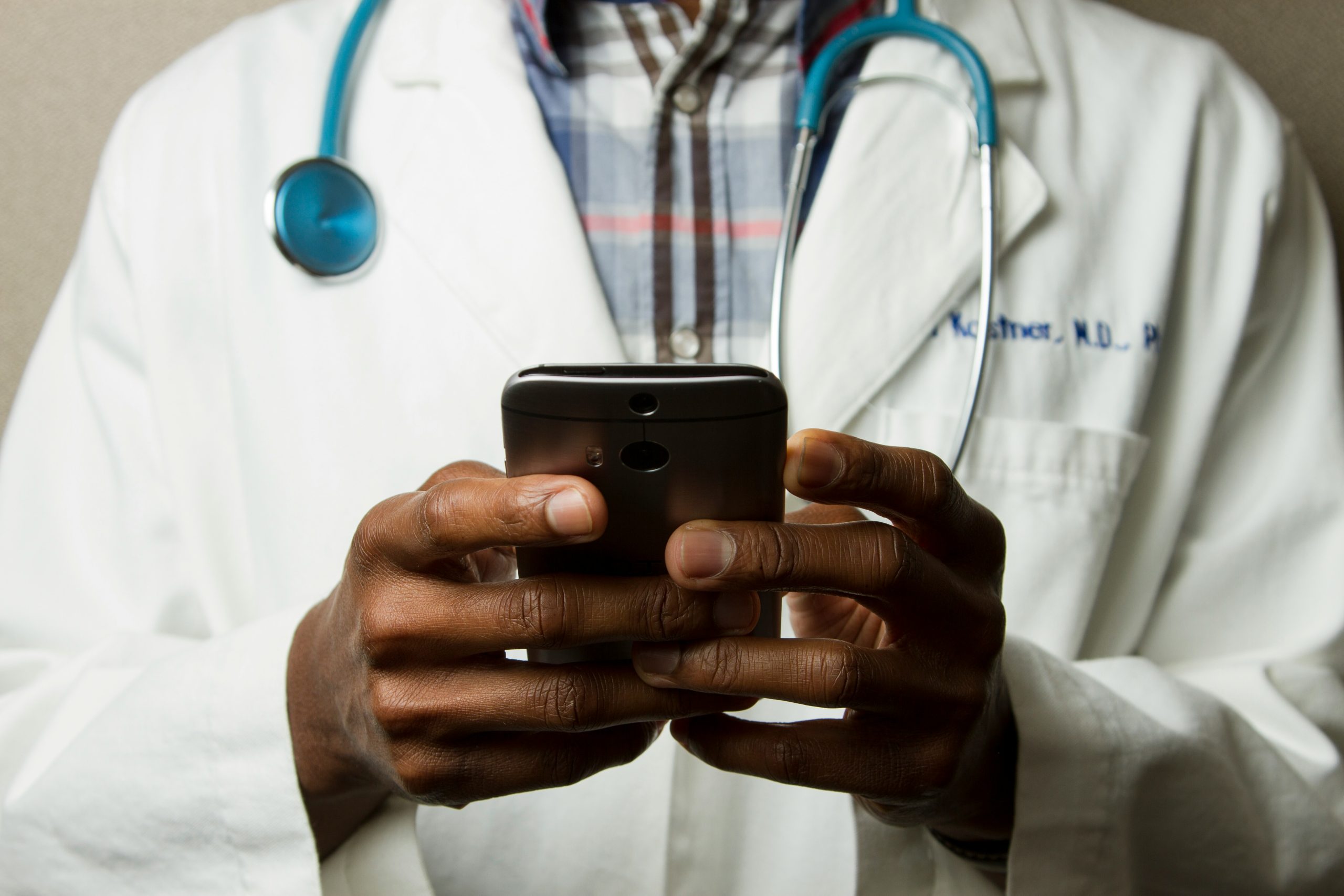I still remember the day I was diagnosed with lesbianism. I’d been displaying the symptoms for some time – frantically reading the ‘Personal Life’ section on various actresses’ Wikipedia pages, binge-watching ‘The X Files’ to moon over Scully, the penchant for striped t-shirts, tote bags and novelty earrings – and after I told the doctor how many times I’d rewatched ‘The L Word’, she didn’t hesitate in sending me off for that all-important diagnostic fMRI scan to check how my ventral striatum, the brain’s reward centre, responded to varying forms of ‘visual, sexual stimuli’ (that’s posh science speak for porn). Eventually, my results came back, undersigned by the consultant – patient tests positive for homosexuality.
I’m kidding, of course – but, as bizarre as it may sound, it is true that there are still whole research teams out there dedicated to ‘scientifically proving’ that queer sexualities exist. A paper which purported to have proven that bisexual men exist was doing the rounds on Twitter in July and various LGBTQ+ media outlets, prompting fierce debate.
They had finally found ‘robust’ evidence that men can be bisexual…
According to authors Jabbour et al.1, they had finally found ‘robust’ evidence that men can be bisexual – because, apparently, simply trusting the ability of actual real-life bisexual men to know their own sexuality and self-identify as bisexual isn’t ‘robust’ enough evidence. They go on to cite the age-old myth that bisexual men are simply gay men wanting to ‘deemphasise their homosexuality’, and discuss how this means bisexual identity remains ‘controversial’ amongst both scientists and laypersons, with the desire to address this controversy underpinning their study.
So, in rides Science on a wave of authority, like a great white knight, armed with a penile plethysmograph (I’ll let you google that one) and a stack of porn to find out once and for all – objectively, robustly, definitively – whether these men displayed similar physiological responses to male and female sexual stimuli. Conclusion? Yes, they did – and thus bisexuality in men was added to the scientific cannon as officially ‘valid’, officially ‘real’, a scientifically supported fact with a suitable citation.
Responses to the article were certainly divided. Some saw the study as essentially harmless, if not a force for active good in the battle against a biphobic narrative that bisexuality isn’t real or – as Jabbour and colleagues mentioned – a mere de-emphasisation of homosexuality. And yes, I suppose there is a certain logic in utilising the authority of scientific research into queer sexuality in order to further the queer rights movement. Up until the mid- 20th century, homosexuality was understood as wilfully deviant behaviour, not reflective of a person’s innate biology or psychology but of their sinfulness, their “badness” – a behaviour that needed to be punished with a prison sentence and hard labour, as happened to Oscar Wilde.
Queer identity eventually began to interest the early sexologists – although ‘queer’ was certainly not the language used at the time. Queer is a contemporary catch-all I am using here to reflect the poor differentiation by early sexologists between sexuality and gender identity, and it is important to note that although this word is becoming increasingly reclaimed by younger LGBTQ+ people, the word is still considered a slur that carries the weight of years of trauma and stigma for many older LGBTQ+ people. These early sexologists – Richard von Krafft-Ebing, Havelock Ellis, Magnus Hirschfeld – were frequently medically trained doctors, and thus homosexuality instead began to be discussed under the authoritative umbrella of biomedicine. By positing queerness as an inherent biological phenomenon, they removed the question of (im)morality and sin, because, rightly or wrongly, that which is seen as ‘natural’ is thus seen as morally neutral. Rather than wilfully ‘bad’ criminals who needed to be punished, queer people began to be understood as helpless slaves to their biology, unable to control their behaviour.
In the UK, this did succeed somewhat as a political tactic in the advancement of queer rights. For example, in the 1957 Wolfenden report, an enquiry into the possible partial decriminalisation of same-sex sexual activity between men over 21 in private, the testimony of doctors on the inherent, uncontrollable nature of homosexuality was used to support the partial de-criminalisation.
However, I believe that this medicalisation of queer identity opened up a whole new can of worms, simply shifting the authority from one body of power – the legal system – to another: the medical. Often, these sorts of studies, which aim to prove queer sexualities are biologically real or to find the cause of queer sexualities, are patronising at best, harmful at worst.
Many also questioned the latent biphobia underpinning the Jabbour study. Stereotypes often dictate that bisexual people are lying about their sexuality in order to disguise being ‘fully’ gay, or that bisexuality is a mere ‘transitional phase’ of sexuality that gay people experience on their way to being full 6s on the Kinsey scale (see image below).

Realising that you aren’t straight can be hugely confusing and messy when being straight is all society has taught you (comp het’s a bitch, isn’t it girls!*) so yes, it’s true that some gay people initially think they’re bisexual before ultimately concluding that they’re just gay. But that doesn’t mean that people who identify as bisexual are simply just waiting for that realisation too – bisexuality is the final conclusion for many people.
How do we know that self-reported heterosexuals aren’t also lying?
Obviously, I cannot say for certain if Jabbour et al. truly believe this narrative, or if it was utilised to play on others’ prejudices to secure funding for their research and its publication. But undeniably, some people do sincerely believe this narrative. Even if some bisexual people are lying in order to ‘deemphasise their homosexuality’ – how do we know that self-reported heterosexuals aren’t also lying? In a society which has historically punished and ostracised queer people, I’d wager that across history there have been far more gay people lying about their sexuality by claiming to be straight than by claiming to be bisexual, but I highly doubt many studies aiming to ‘prove’ that heterosexuality really exists would get any funding. This, to me, highlights the crux of the issue – heterosexuality hasn’t been constructed as a scientific phenomenon. Straight people don’t need to learn to conceptualise themselves as straight, aren’t asked to produce sufficient “evidence” to prove they’re telling the truth when they describe themselves as such. They simply are. So why aren’t queer people afforded the same luxury?
Beyond these issues, and reading the article with a queer eye, it becomes immediately clear that the official scientific definition of bisexuality – ‘substantial sexual arousal and attraction to both sexes’ – is lightyears behind the actual queer community’s current definition of bisexuality. For one, most of us have moved past archaic conflations of sex and gender, have acknowledged that non-binary genders exist, and recognise that bisexuality doesn’t necessarily mean attracted to men and women – rather, attraction to one’s own gender and another gender. The focus on ‘sexual arousal’ also excludes asexual people, who can still experience queer romantic attraction.
Even moving past the unchallenged biases of scientists who choose to research sexuality in the 21st century, I’d challenge the naivety of assuming science as an inherent force for good. Whilst handing the ‘problem’ of homosexuality over to medical authority may have had led to decriminalisation for a very limited set of queer men in the UK during the Wolfenden Report, the medicalisation of homosexuality certainly didn’t change the general disdain society, including doctors, had towards queer people. All it changed was the language that was used to discuss it, and the proposed ‘solutions’ to the problem, prisons sentenced replaced with stints in psychiatric wards. Couching queer sexuality in the language of medicine instead framed homosexuality as an illness – and illnesses have cures.
In 1952, homosexuality was officially added to the DSM (Diagnostic and Statistical Manual of Mental Disorders), an American handbook that largely shaped British psychiatric practice. This led to years of medically-approved abuse of vulnerable queer men and transgender women. Cisgender women were largely left out of the conversation. This is, of course, not indicative of lesbianism not existing, but more of the inability of the male sexologists to conceptualise women as autonomous sexual beings. I also believe there was a lack of concern that female homosexuality could ‘damage’ the traditional nuclear family structure – a very present fear in the public psyche in the post-war period as women were often not economically stable enough to sustain a household independent of a husband.
Various pseudo-scientific hypotheses dictated the ‘therapy’ the queer patient would be forced to undergo. The behaviourist approach dictated that, much like Pavlov’s dog, a gay patient could be taught to associate various sexual stimuli with being uncomfortable or in pain, by forcing the patient to look at pornographic images of men – including, in some cases, their partners – whilst they were given electrical shocks or emetic drugs that would induce vomiting. In some instances, they would then be shown pornographic images of women, without the electric shocks or drugs. Tragically, this barbaric aversion therapy often had the desired effect – patients were often too traumatised to ever enjoy sexual feelings ever again.
SNPs cry out to me as a possible target for deliberate misuse and abuse […] queer embryos discarded, illegal to implant into the womb?
As our grasp of reproductive technologies (and, I would argue, our capacity for eugenics) improve, this history is a crucial reminder that scientific knowledge does not exist in a vacuum, and scientists are not inherent bastions of moral good, or even neutrality. Although we’ve moved past primitive searches for some sort of singular ‘gay gene’, there have been studies into SNPs associated with same-sex attraction. These single-nucleotide polymorphisms are silent, harmless mutations to someone’s DNA, meaning different people can have different copies of a specific nucleotide present in a gene, but there is no associated change to the function of the protein the gene codes for. These SNPs cry out to me as a possible target for deliberate misuse and abuse – could they ever be searched for in techniques such as PGD (pre-implantation genetic diagnosis) and actively selected against – queer embryos discarded, illegal to implant into the womb?
So why, then, do we still look to science as the authority on sexuality? As a scientist, I understand the relentless need to question why and how things are the way they are. I’d be lying if I said I’ve never found studies into human sexuality interesting. Scathing as my review of the Jabbour paper was, I’m also certainly not trying to say that those who conduct research into queer sexualities are all evil, raging homophobes with eugenic aims to eradicate the gays.
What I am trying to say is that, as a gay person, it can be somewhat exhausting to see my sexuality constantly framed as something deviated from the norm, something that needs to be poked and prodded and proven, and there are very real fears for the abuse of a scientific research into queer identities.
As the frontiers of scientific understanding hurtle forwards, I would call for us to remind ourselves that in some cases, science shouldn’t necessarily hold the authority. In some instances, we need to trust people to speak for themselves, to know what’s best for themselves. For those interested in clinical medicine especially, we need to learn to defer to the wisdom of actual queer people – especially the wisdom of our transgender patients, who need clinicians now more than ever to work with them on their terms and listen to the needs they themselves are articulating, rather than subscribe to an outdated doctrine which assumes that ‘doctor knows best’, or that transgender identity can be condensed to rigid list of symptoms, something pathological which needs to be diagnosed.
Ultimately, I think that we, as scientists, really need to pay more attention to the fact that science doesn’t exist as some sort of impartial entity – the people carrying out the studies and writing the papers are ultimately human, shaped by their environments, and marked by all their prejudices. When we write about queer people or research sexuality, we need to do better to ensure that we don’t contribute to a harmful narrative of queer people as odd, alien specimens that can only be understood through the lens of science.
References:
1. Jabbour, J. et al. Robust evidence for bisexual orientation among men. Proc. Natl. Acad. Sci. U. S. A. 117, 18369–18377 (2020).
Image sources:
Title Collage created by Leoni Loughlin, 2020.
Main image: https://search.wellcomelibrary.org/iii/encore/record/C__Rb1186794?lang=eng#attachedMediaSection.
Naked Man (creative commons licence CC BY 4.0): https://commons.wikimedia.org/wiki/File:A_man_posing_naked,_standing_with_his_back_Wellcome_L0034531.jpg
Naked Woman (creative commons licence CC BY 4.0): https://www.rawpixel.com/image/2582395/free-photo-image-woman-women-artwork
Figure 1 created Leoni Loughlin, 2020.
Glossary:
* ‘Comp het’ is short for ‘compulsory heterosexualtiy’, the hypothesis that heterosexuality is enforced by society.





